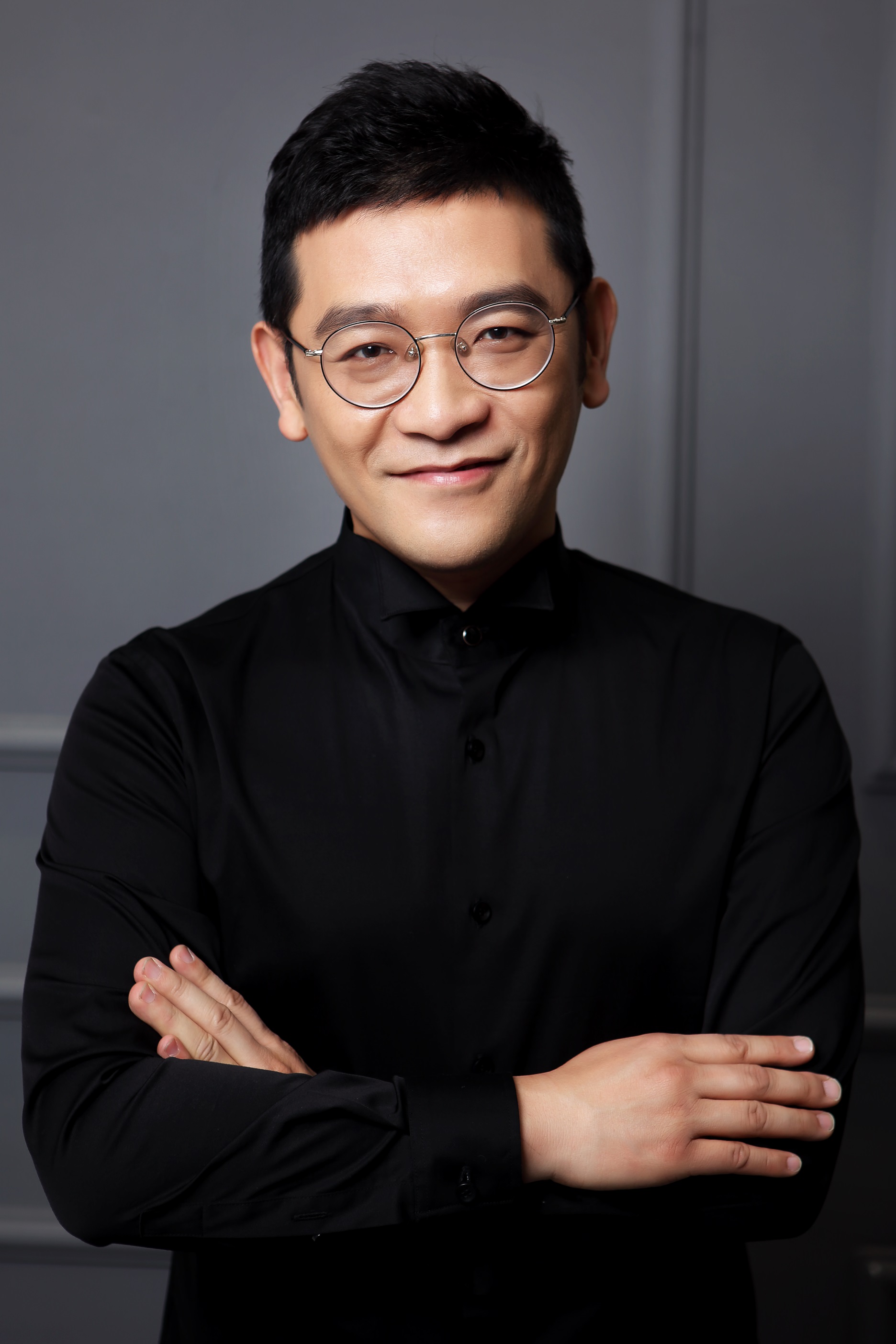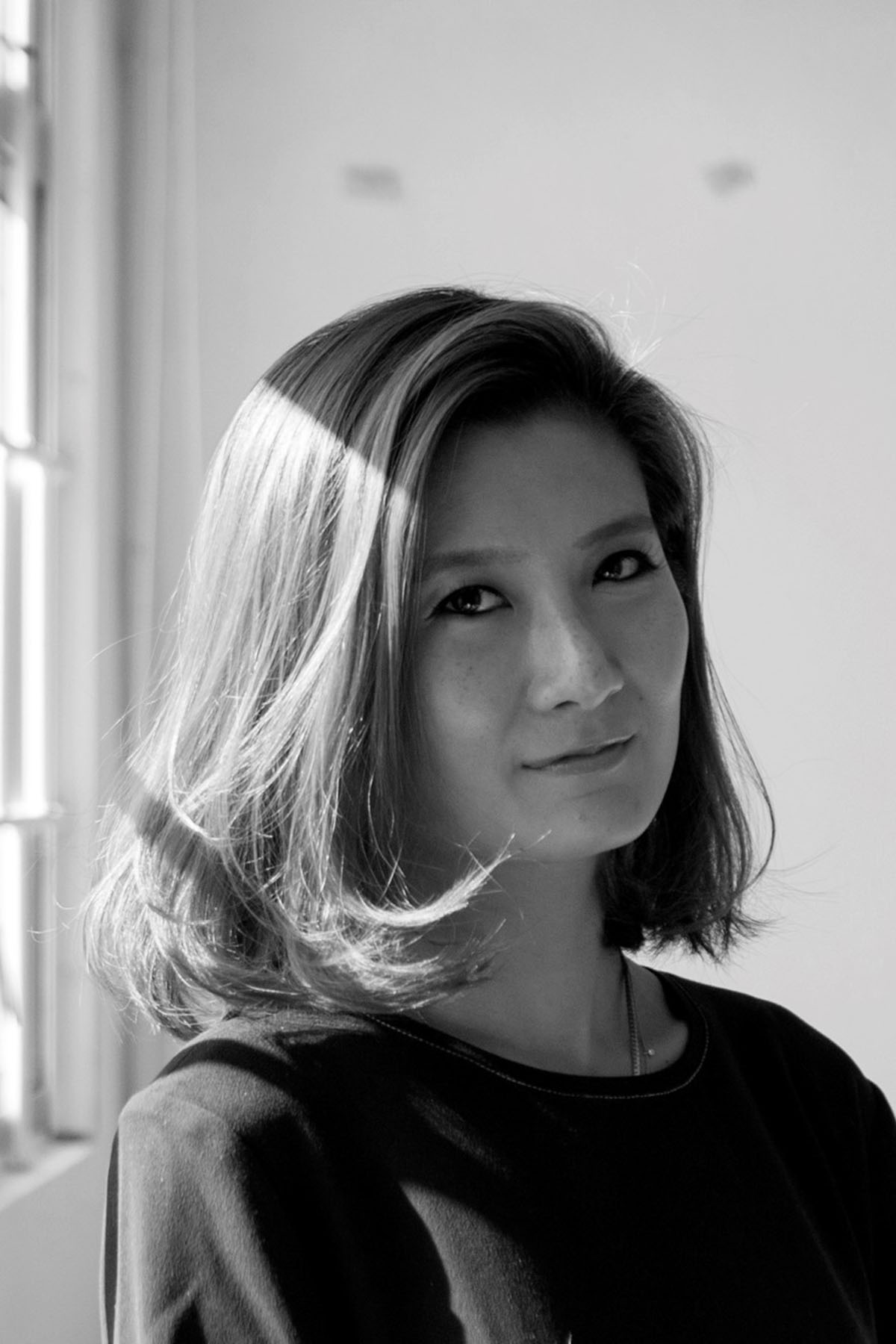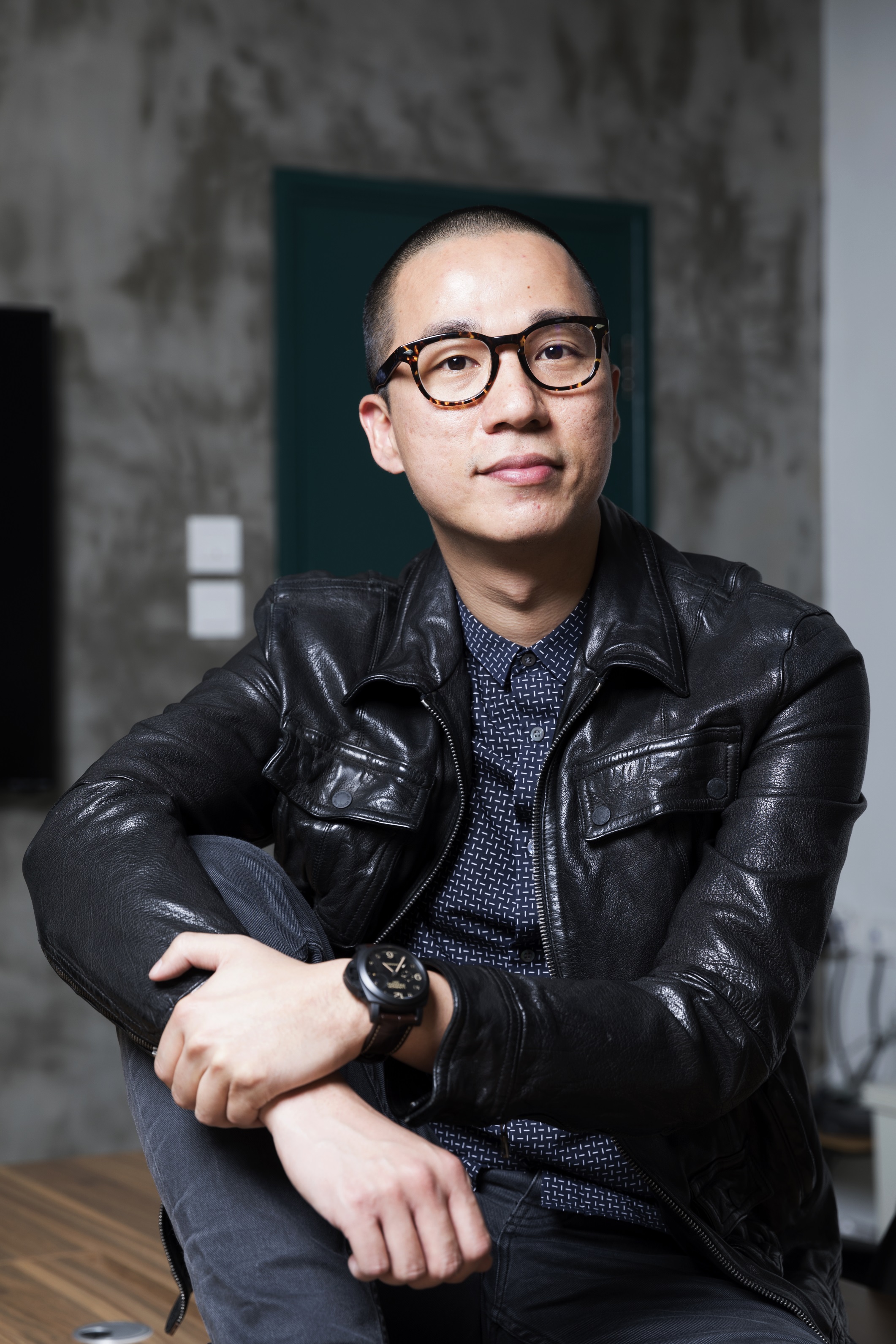DMatters March 2019 Issue

The Rise of Collaborative Models in Design in Asia
In the past decade, the sharing economy has become a ubiquitous term. Sharing platforms like Airbnb, Uber and TaskRabbit make use of the Internet to turn commodities and even intangible skills into shareable resources. The sharing model revolutionises our everyday life. It makes more effective use of finite resources and redefines the way services are consumed, ushering in changes in our business models.
The connectivity of the Internet and the rise of the sharing economy are cultivating a more collaborative mindset. In our super-compressed world today, formidable creative tasks can be completed faster through global collaboration. For example, Hollywood blockbusters often involve multiple post-production studios across the globe working simultaneously. With global collaboration, projects can become more scalable by recruiting designers to work across locations anytime. Asia in particular is witnessing the rapid emergence of diverse collaborative design models.
Jia Wei, Founder and Chairman of LKK Innovation Design Group, believes that creative masters no longer exist in our times. “With skill-sharing and artificial intelligence platforms, anyone with inspiration can become a super designer. This is a future where we share our creativity and skills.” Seeing the huge design demand in China, he created the online skill-sourcing platform LKKER. It makes use of big data to pair up different providers in the design process. Clients, designers and manufacturers are connected online and offline to collaborate on a product design project. While Jia Wei’s original 1,000-strong design company can finish at most 1,000 projects a year, LKKER has created 3,500 designs in 2018. “In 2019, our goal is to hit 10,000 designs.” But it is not just about quantity. He believes that designers should turn to socially oriented projects instead of being attached to a single company. His platform is also working towards becoming a social-driven product innovation brand.
Textile designer and Founder of THE FABRICK LAB Elaine Yan Ling Ng is famous for her awe-inspiring installations which fuse textile, electronics and biomimicry. But she does not only stay in her studio to craft her works. She searches for vernacular weaving techniques in mountain villages in China. She discovered that many of the profound weaving skills of the villagers were undervalued. These villagers have been making high-performance fabrics for centuries — just that they were not known to the world. “How can we re-introduce this heritage craft back to the manufacturing system?” This question inspired her to start the UN/FOLD project. She co-created a range of high-end products with the village craftswomen. These products showcase the intricate indigenous craft with a modern aesthetic. Now she is trying to build an efficient and sustainable work model to reconnect the tribal skills with modern manufacturers and retailers. She hopes it can help the tribe make a better living with their craft, which will gain new appreciation. Such kind of collaborative models is gaining traction in Asia as many vernacular crafts are quickly disappearing.
While major Asian cities like Tokyo, Shanghai and Hong Kong are attracting new talents, small cities find it hard to retain their creative people. For example, many Macau designers have chosen to develop their careers overseas. Mann Lao was one of them. But after years abroad, he asked himself, “As a commercial designer, what can I do for my city?” He then founded his own design company Chiii Design in his home city. The multiple design awards he has won are solid proof that Macau also has world-class design talents. In 2016, he made another milestone. He joined hands with cultural entrepreneur Sabrina Ho to organise "Y Show", the first cross-regional design degree show in Macau. It features the best works of design and art graduates in Macau as well as Hong Kong, Taiwan, mainland China, Japan, etc. The exhibition soon became an important event in the city’s design industry, providing a platform for Macau design students to showcase themselves to local and overseas clients. As a joint effort of the design and business industries, “Y Show” also opens the door of networking and collaboration for younger generations.
 Jia Wei
Jia Wei
© LKK洛可可创新设计集团 |

Elaine Yan Ling Ng
|
 Mann Lao
Mann Lao© Chiii Design |
In Hong Kong, the collaborative trend is also picking up steam. Co-working spaces, maker labs and hackathons have gained currency in just a few years’ time. Last year, the first co-working factory HATCH was founded. It employs underprivileged women to manufacture goods designed by local brands. If you are a designer, it is time to put on the collaborative hat. Brainstorm how your career and the design industry can push forth collaborations and gain advantages from them. With connectivity, creativity and collaborations, the sky is the limit.
In this issue, we chat with Mountain Yam, a Fashion Incubator Programme designer who has just been back from his debut show in the New York Fashion Week. Next, we will get a sneak peek at Design District Hong Kong’s latest creative placemaking project in the works. We will also have a look at DFA while its award programmes will open for submission soon in April.
To improve readers’ experience with more varied content and in-depth insights, DMatters will be published as a quarterly enewsletter after this month. Please stay tuned for our upcoming issues in May, August and November.
Further reading
Jia Wei’s talk at Yixi
https://www.youtube.com/watch?v=DHTuKFNFEWU
How The Fabrick Lab joins hands to benefit a Chinese village
https://www.lanecrawford.com/discover/a-melting-pot-of-creative-minds-83700042-20180801/shop/
Niche and Market Position — Interview with Branding Designer Mann Lao
http://www.vdiscount.net/en/reports-en/chi-chat-en/10454/
Click here to read the full issue of DMatters March 2019.